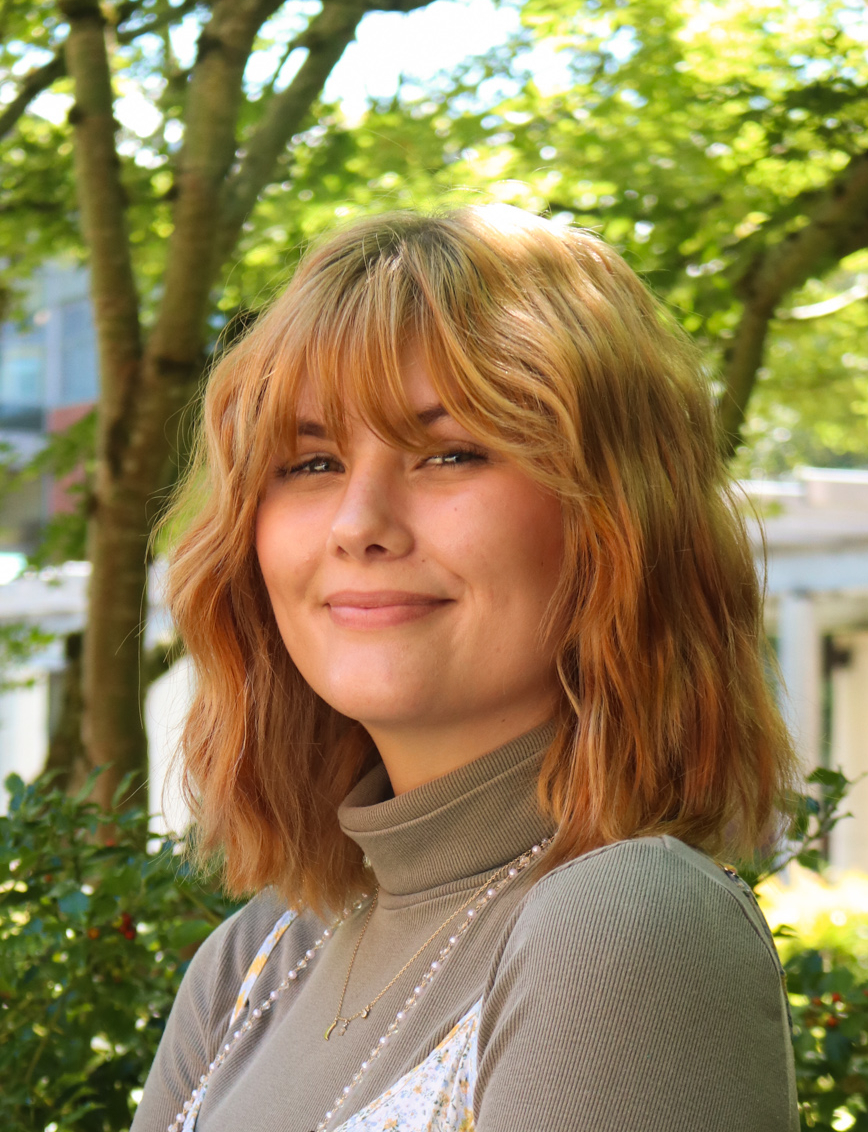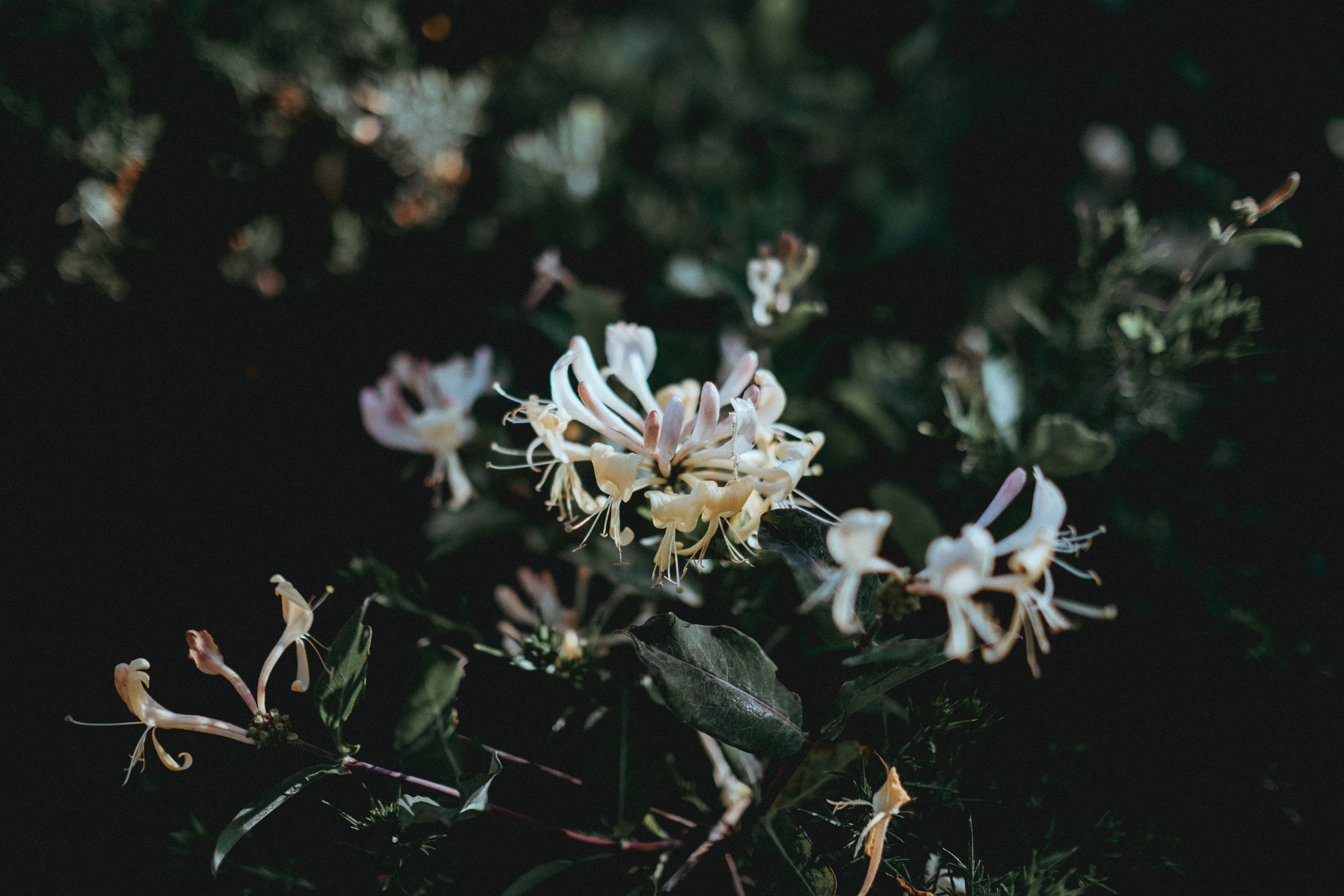On Earth Day, many opt for challenges such as avoiding single-use plastics, electing to go vegan for the day or attending Earth Day events around campus. With the spring weather rolling in, one of the best ways to practice eco-friendly habits is through gardening — an activity that encourages ecosystem vitality and promotes spending time in nature.
On April 22, 1970, Earth Day began as people became more aware of the environmental harm humans were inflicting. Following Rachel Carson’s “Silent Spring” publication, a global grassroots environmental movement arose highlighting the negative effects of chemical pesticides. Earth Day has since become a significant holiday and continues to inspire people to protect Earth from the worsening of its climate change crisis.
Pollinating insects rely on flowering plants for reproduction, and play a significant role in human agricultural practices. According to “The Forgotten Pollinators” by Stephen Buchmann, butterflies, bumblebees, hummingbirds and other pollinators are responsible for reproducing 90% of all flowering plants and one-third of humans’ food crops.

To support the essential role insects play in the ecosystem, here are five flowering plants that can help increase the population of pollinators in the Pacific Northwest this Earth Day.
Lavender (Lavandula)
Spring’s favorite flower, lavender, is a low-maintenance perennial, meaning that it will rebloom every year for three to five years and is sure to attract a variety of butterflies. Growing lavender is instantly rewarding, as it grows rapidly and spreads when placed in areas with well-drained soil and adequate sunlight.
Honeysuckle (Lonicera)
This flowering shrub species performs best in areas with plenty of sunlight. On top of being a preferred dish for many pollinators, honeysuckles, entangled vines and arching shrubs provide shelter for bees or other insects that need to wait out a heavy rainstorm.

Goldenrods (Solidago)
This fluffy yellow flower blooms later in spring, helping pollinators outside of the “prime” growing season when pollen is not as readily accessible, as stated by Savvy Gardening. Deemed a must-have plant for bees, goldenrods are also symbolic of prosperity and happiness, according to the Petal Republic. Sure to rebloom each year, goldenrods have a high drought tolerance and require a sunny space to thrive.

Hardy Fuchsia (Fuchsia magellanica)
Fuchsias love cooler weather — they make the perfect flower for shaded planters and porch hanging baskets. They’re also a favorite flower for hummingbirds, which aid in pollination as they move from plant to plant, drinking nectar. Boasting vibrant pink and purple hues, fuchsias are not too picky about sun or shade, but choosing consistently moist and high organic matter soil is vital for their success.

Bee Balm (Monarda)
Bee balms thrive in moist soil, making them a fantastic spring plant to grow in Southwest Washington. Bee balms will grow rapidly once planted and rebloom each spring. Their bergamot orange scented leaves are attractive to humans, butterflies and bees. Similar to the required conditions for most of the plants listed above, bee balms do best in full sun areas.
The above list provides a small window into the vast world of pollinator-friendly plants. Yard’ n Garden Land, a family-owned garden center, just nine minutes away from campus, provides resources for those wanting to make a cohesive butterfly or hummingbird garden. They are also a one-stop shop for many of the flowering plants included in this article.
Undertaking gardening can seem daunting, but this Earth Day, we encourage students to try something new, as these forgiving species are sure to turn the brownest of thumbs green.

Bethanie is a senior studying environmental and ecosystem science at WSU Vancouver.
